After 107 years in operation, Davis Elementary will close at the end of this academic year, following a Jan. 8 school board vote by the Grinnell-Newburg Community School District. Superintendent Lisa Beames said during a Feb. 11 community meeting that Grinnell’s other elementary schools, Fairview and Bailey Park, are inadequate replacements on their own. As a result, a vote on Mar. 4 will determine whether to build a new elementary school — a proposal that comes after three unsuccessful attempts to pass related bonds since 2015.
“We are the same configuration of schools that we were in 1975,” Superintendent Lisa Beames said.
Understanding the reasons behind Davis Elementary’s closure — and what the Physical Plant and Equipment Levy (PPEL) vote means — requires examining its impact on Grinnell residents and the broader financial implications of the bond.
Why close Davis Elementary?
The decision to close Davis Elementary stems primarily from the high cost of renovating the century-old building.
“The board has now determined to close Davis due to the repairs that were needed. If you did those repairs, you were going to have to do additional repairs in future years because everyone would rightfully expect to stay in that building. Staying with three elementary schools doesn’t help resolve the challenges we have in the general fund,” Beames said.
Once Davis Elementary shutters its doors, 221 students will need to be relocated to other schools.
Nicky Moreno Gonzalez `27, who volunteers weekly at Davis Elementary with the GirlPower Math Club, said she learned about the closure during the first week of her semester. “When I found out about that, just my heart was broken, because we don’t know how this [the GirlPower Math Club] is going to continue,” said Gonzalez.
State and local funding sources determine project feasibility
Schools have several funding mechanisms for infrastructure projects.
Secure an Advanced Vision for Education (SAVE) was introduced as a means of relieving the burden on local property taxpayers. The funds generated through SAVE are strictly designated for infrastructure needs or property tax relief, helping to address the financial pressures on homeowners.
Physical Plant and Equipment Levy (PPEL) is a property tax with two categories — a regular levy, which can be set up to $0.33 per $1,000 of property valuation, and a voted levy, which can exceed that but requires approval from local voters. Currently, the PPEL levy needs 50 percent voter approval to pass.
General Obligation Bonds finance large capital projects, such as building renovations or new facilities. These bonds typically require a public vote.
Grinnell College students voting in Poweshiek County who do not own or rent property will not face any tax consequences from PPEL and General Obligation bond referendums. However, students who rent may be affected.
“This vote would affect college students who are possibly renting because of the income surtax. Eventually, the person that’s renting is going to pay for the uptick in cost,” said Chris Starrett, president of the Grinnell-Newburg Board of Education.
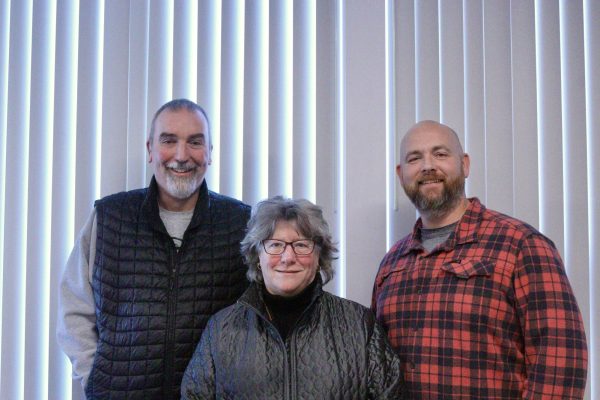
Land donation could ease financial burden this time around
Contingent upon voter approval of the new school, the Ahrens Park Foundation will donate the land for it. The donation would also allow for the relocation of the Grinnell-Newburg Community Schools district offices.
“The Ahrens Park Foundation was founded 30 years ago with the mission of serving the Grinnell community. Today, we are focused on enhancing this community through this donation. This gift is not intended for personal gain but to foster collective support by investing in the most valuable aspects in our lives and our future: our children,” Chad Nath, President and CEO of Ahrens Park Foundation said in a press release on Jan. 23.
Changing town demographics could also play a role
According to the United States Census Bureau, the town of Grinnell has 1,917 families. Of these households, 15.3 percent have children under the age of six, a figure that influences the town’s educational and economic landscape.
“We’ve lost 993 students between certified enrollment and the current certified enrollment that we have,” Superintendent Lisa Beames said.
Certified enrollment is the metric used to determine public school funding. It may vary slightly from actual student attendance, but the downward trend is clear.
For Grinnell residents, demographic shifts directly affect property values and income levels, influencing the community’s financial landscape. In 2022, the median home value stood at $177,600, with a homeownership rate of 64.7 percent, according to Data USA. Property taxes, a key contributor to school funding, averaged $2,404 that year. As the town prepares to vote, these economic factors are central to the decision.
New funding plan differs from past bond proposals
In Jan. 2018, a proposed bond with a net impact of $2.60 per $1,000 of assessed property valuation was rejected. Later that year, in September, the same bond was proposed again, only to be rejected once more.
“The financial impact isn’t the same as what the other bonds were. It’s a different kind, it’s not the same,” Montgomery said.
The current proposal, however, would have a smaller impact on individual property taxes. Unlike a general obligation bond, which would span 22 years, this plan shortens the repayment period and mixes revenue sources to make the PPEL more affordable. Under the new terms, the levy would amount to $0.67 per $1,000 of property valuation, much less than the $2.70 that would have been required under the previous bond.
As it stands, the new plan’s proposed funding mix includes 21 percent from existing SAVE reserves, 60 percent from future SAVE revenues (across 2025 and 2026) and 14 percent from the Voter-Approved Physical Plant and Equipment (VPPEL) levy, if approved. The final 5 percent would come from interest income.
“Last year, the board had to cut $1.2 million from the budget. That bought them approximately five years to figure out the rest so they can manage spending in a more sustainable manner,” Beames said.
Voters debate the plan
“I watched the erosion of everything here in the last six or eight years. I don’t disagree with the need, but why not address the need of the students we’ve lost?” said a `76 graduate from the Grinnell school system who chose to remain unidentified for electoral reasons.
Most community members present at the Feb. 11 meeting agreed on the need for a new elementary school. However, concerns focused on indirect factors that might impact the project’s reach. These included the potential loss of the current resources on the Ahrens-donated land, declining enrollment numbers and the potential impact of JELD-WEN’s recent closure of its Grinnell window manufacturing facility, effectively laying off almost 300 workers.
“What we know about JELD-WEN is there’s between a quarter and a third that were residents within. I don’t have the information to say how many are students in the district and how many are not,” Beames said.
Others spoke optimistically: “I’m going to trust the Ahrens Foundation, I’m going to trust the people elected to the City Council and I’m going to trust the school. There is not one person on the school board or in leadership that has been involved in any of the foundation decisions. Their fiscal responsibility is to the district,” said a community member who preferred to remain anonymous for electoral reasons.
Voting takes place on Mar. 4 at the Elks Lodge from 7 a.m. to 8 p.m.

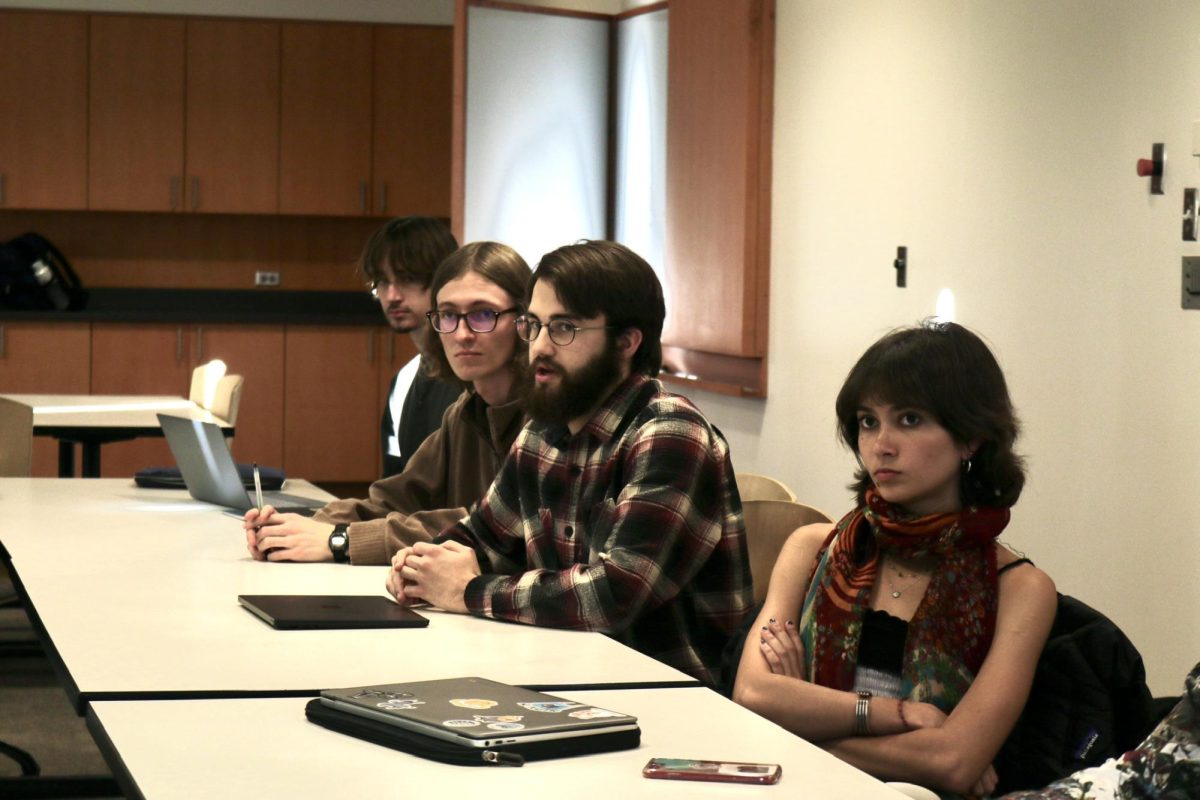































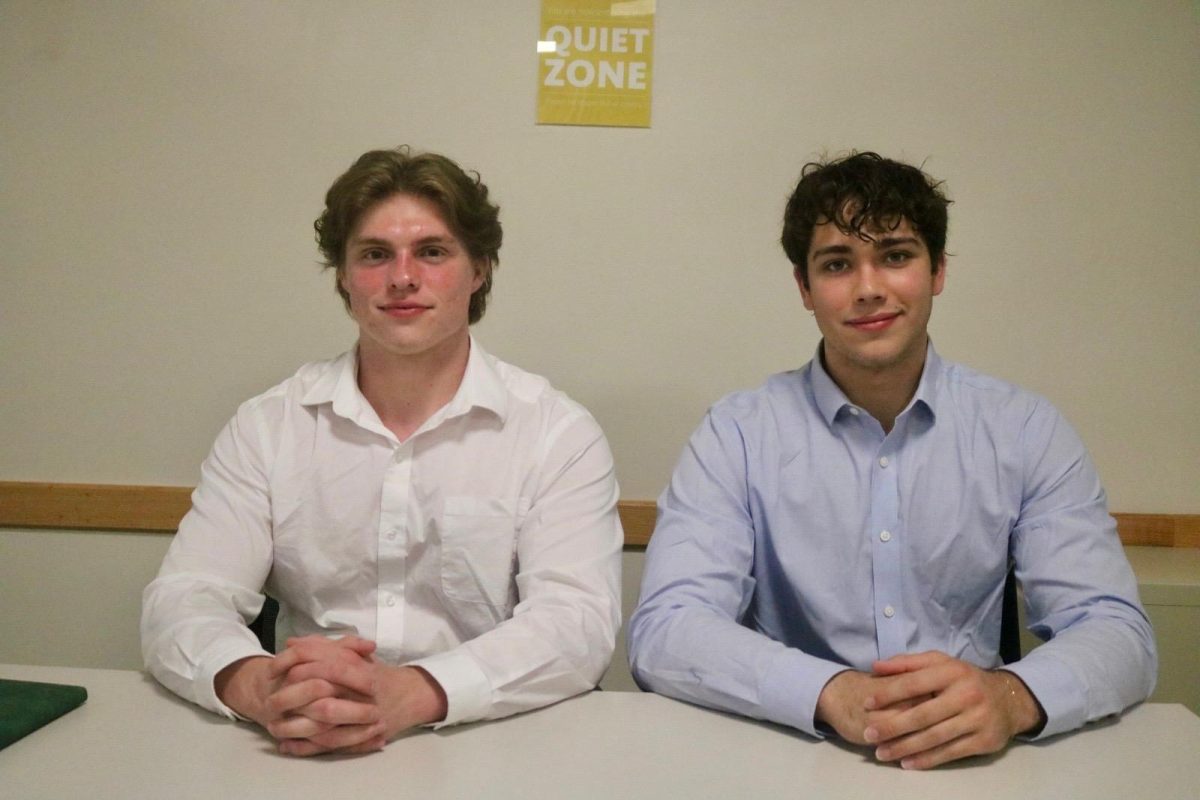
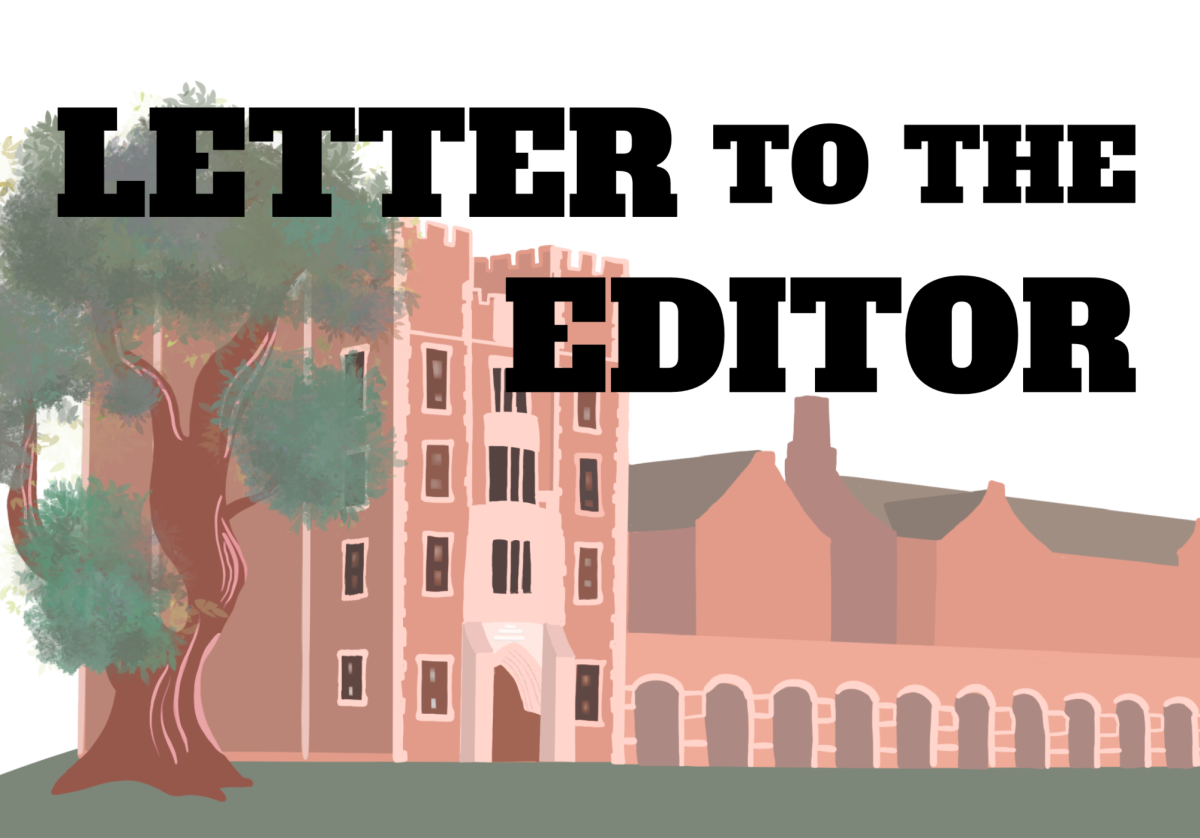
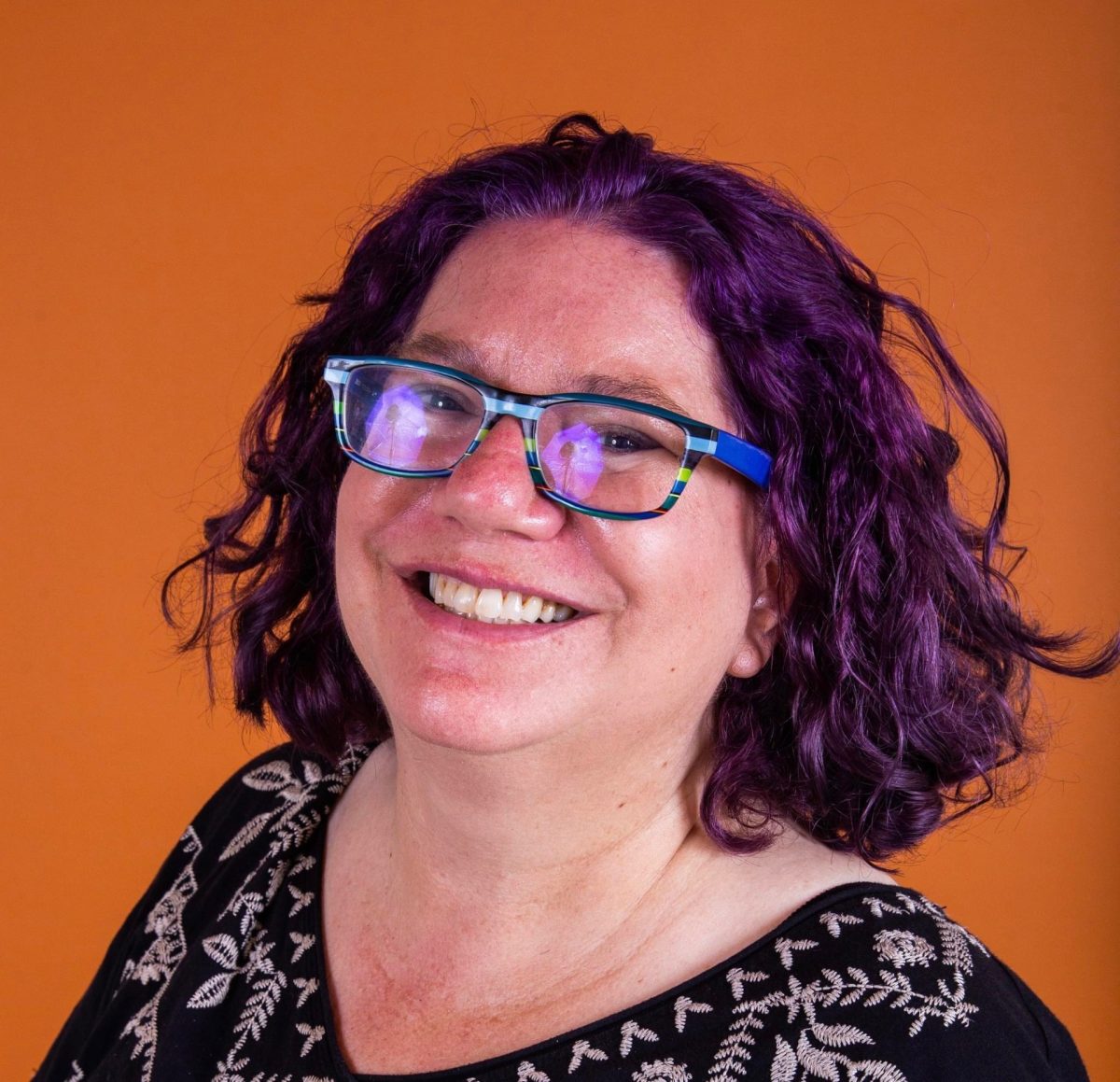
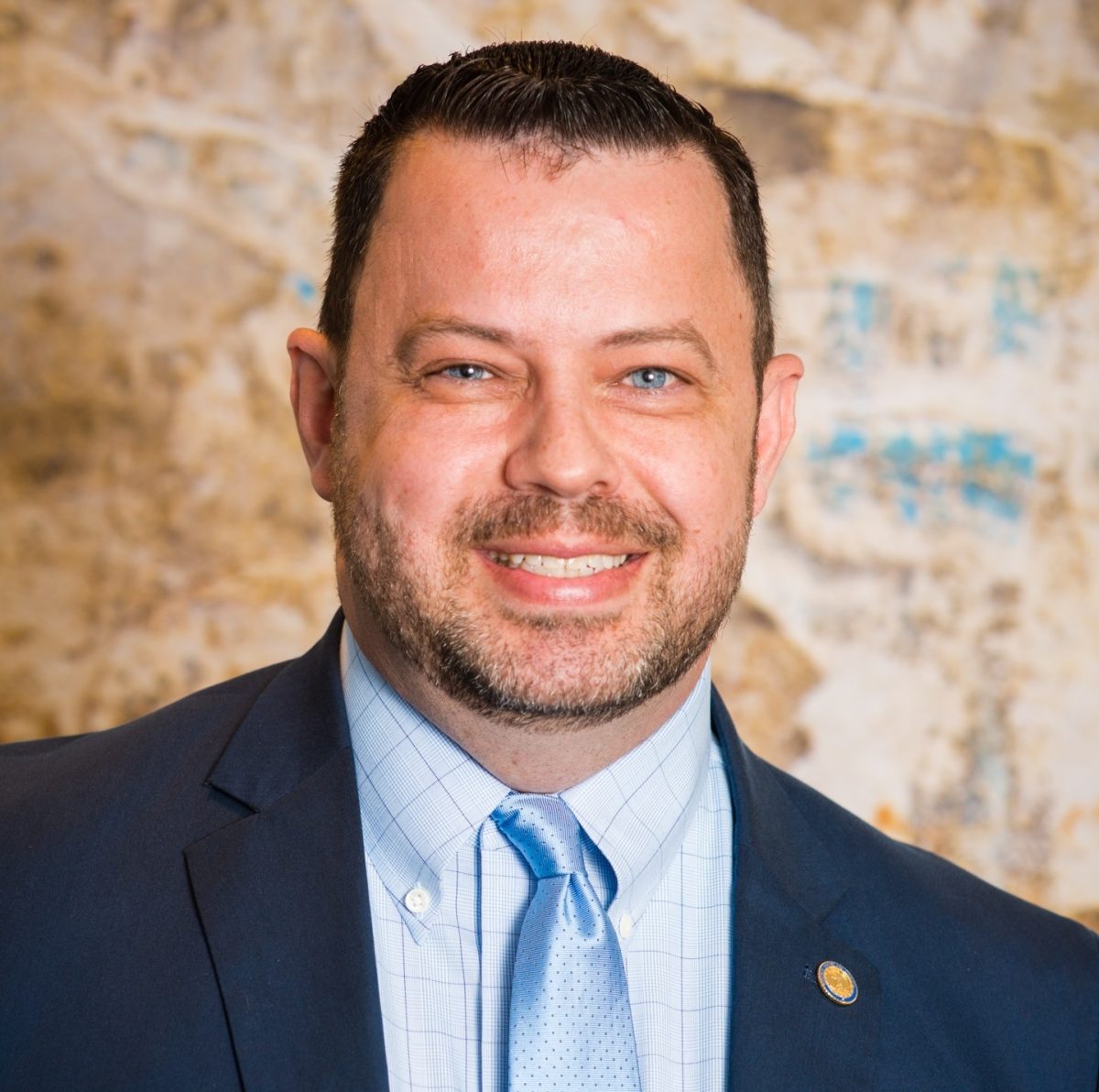


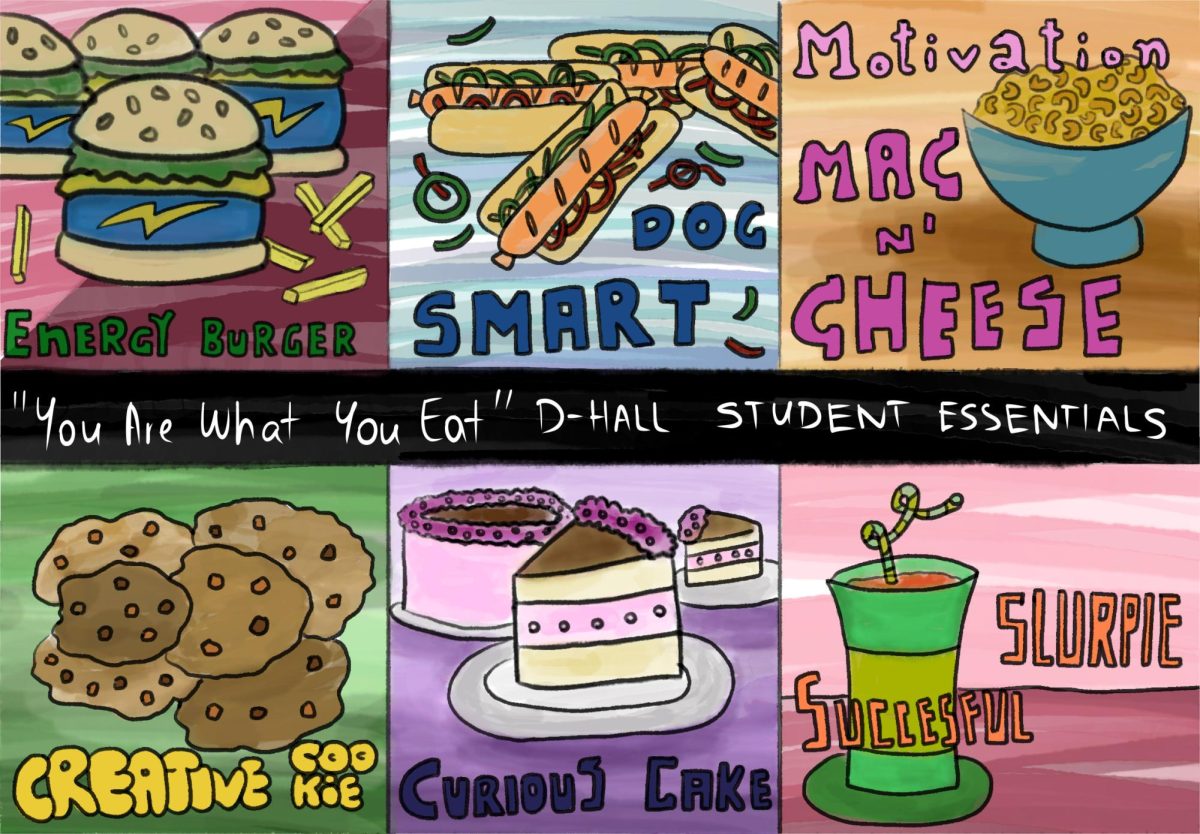

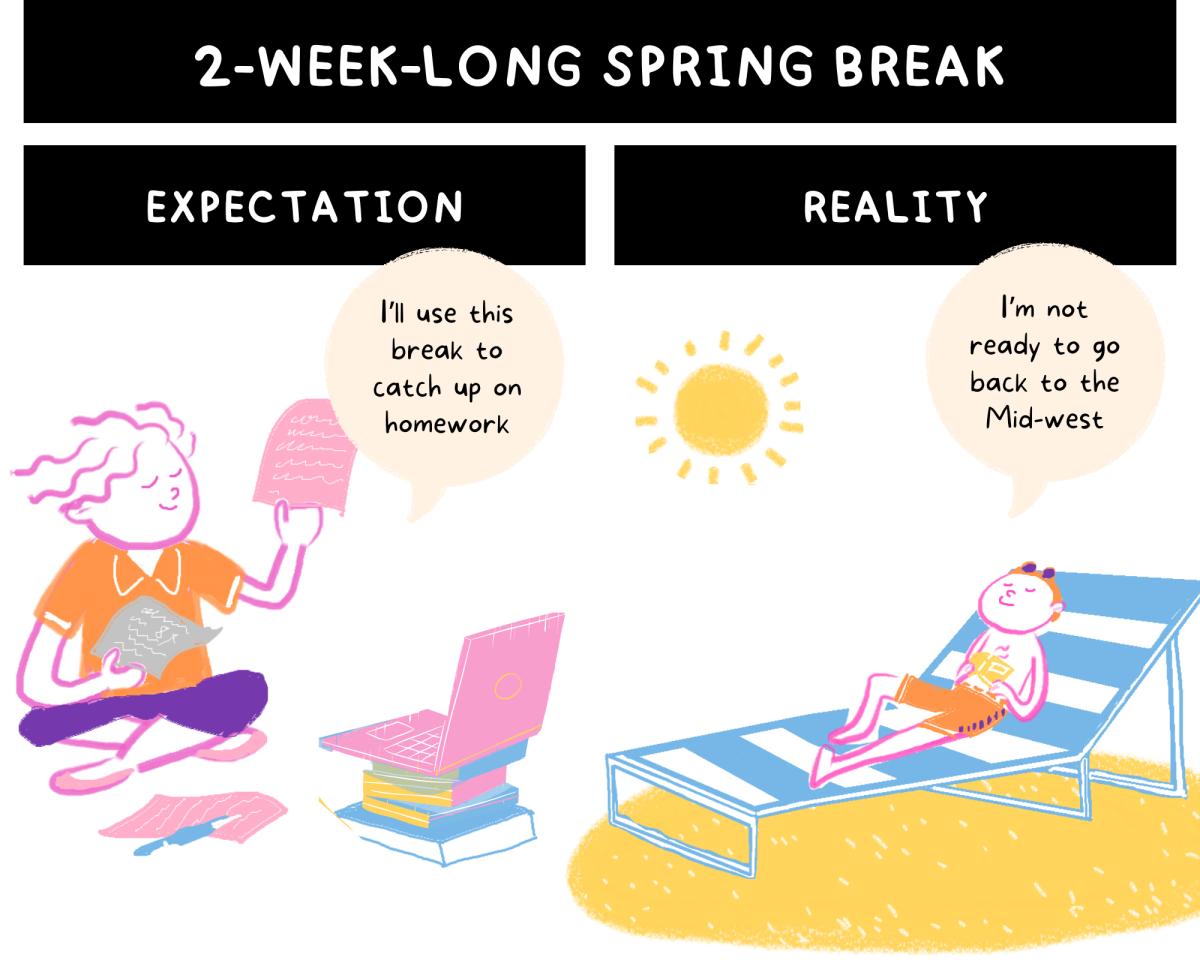
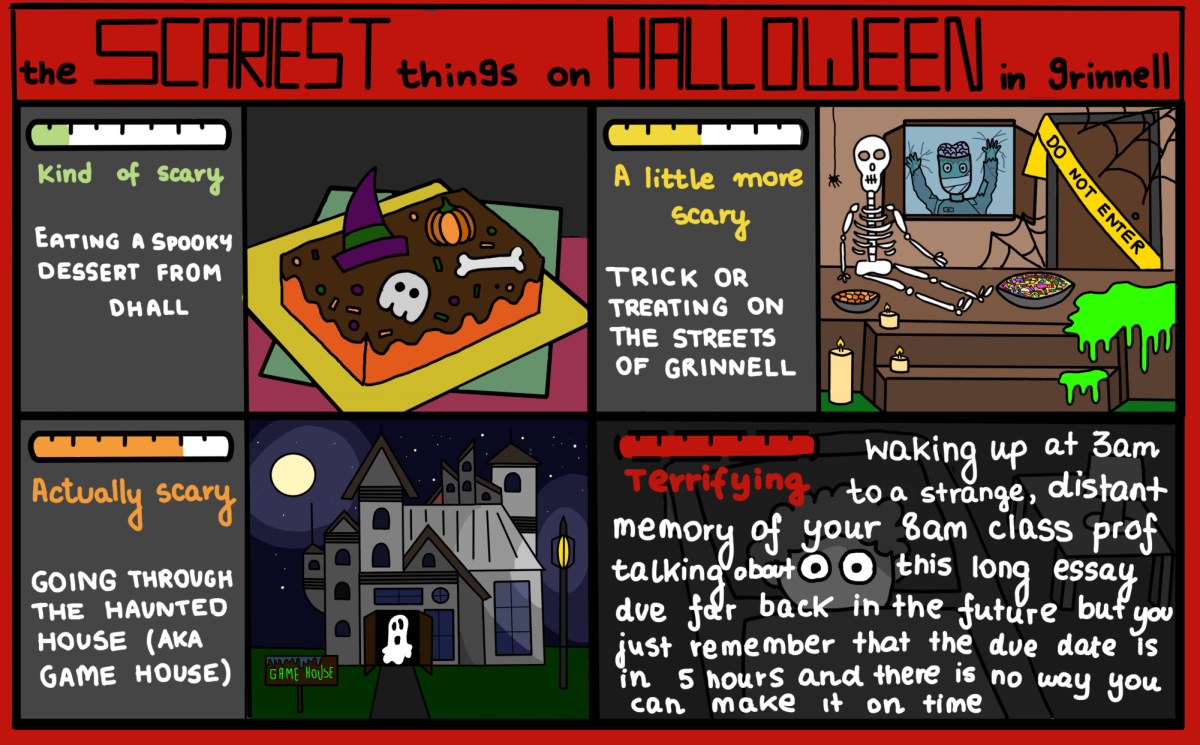







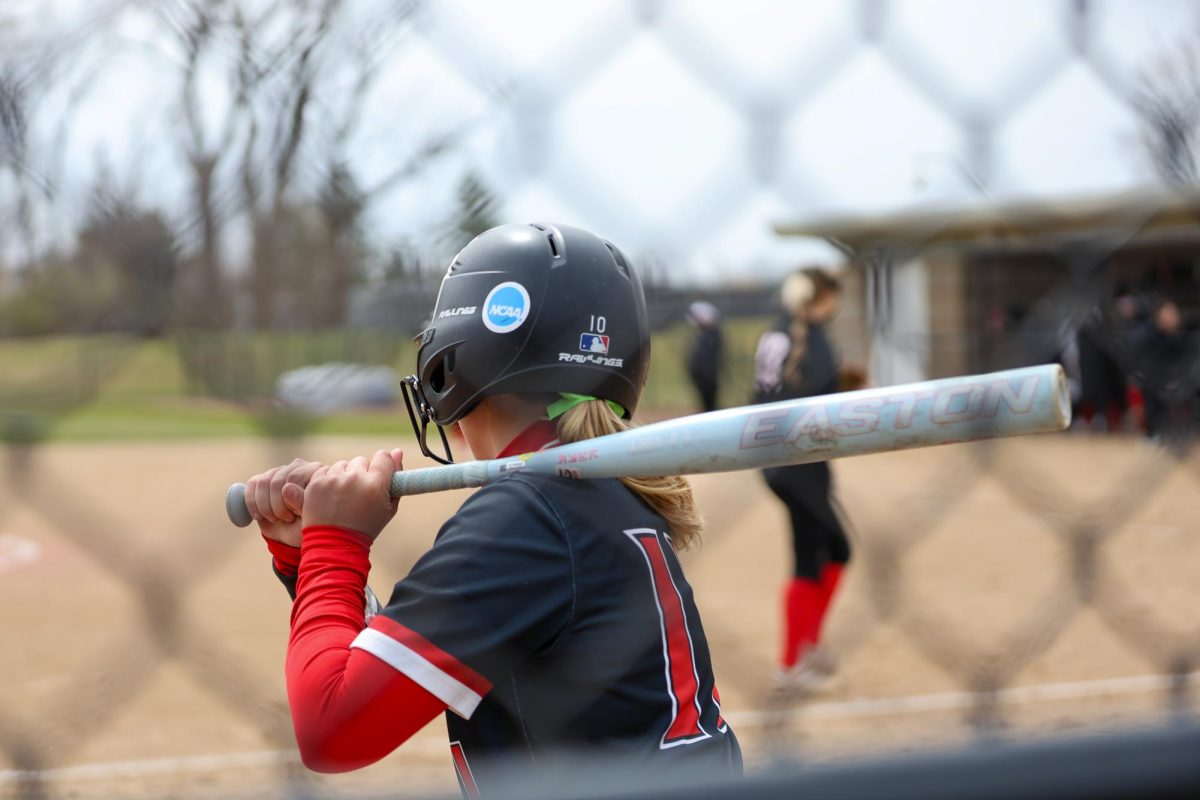

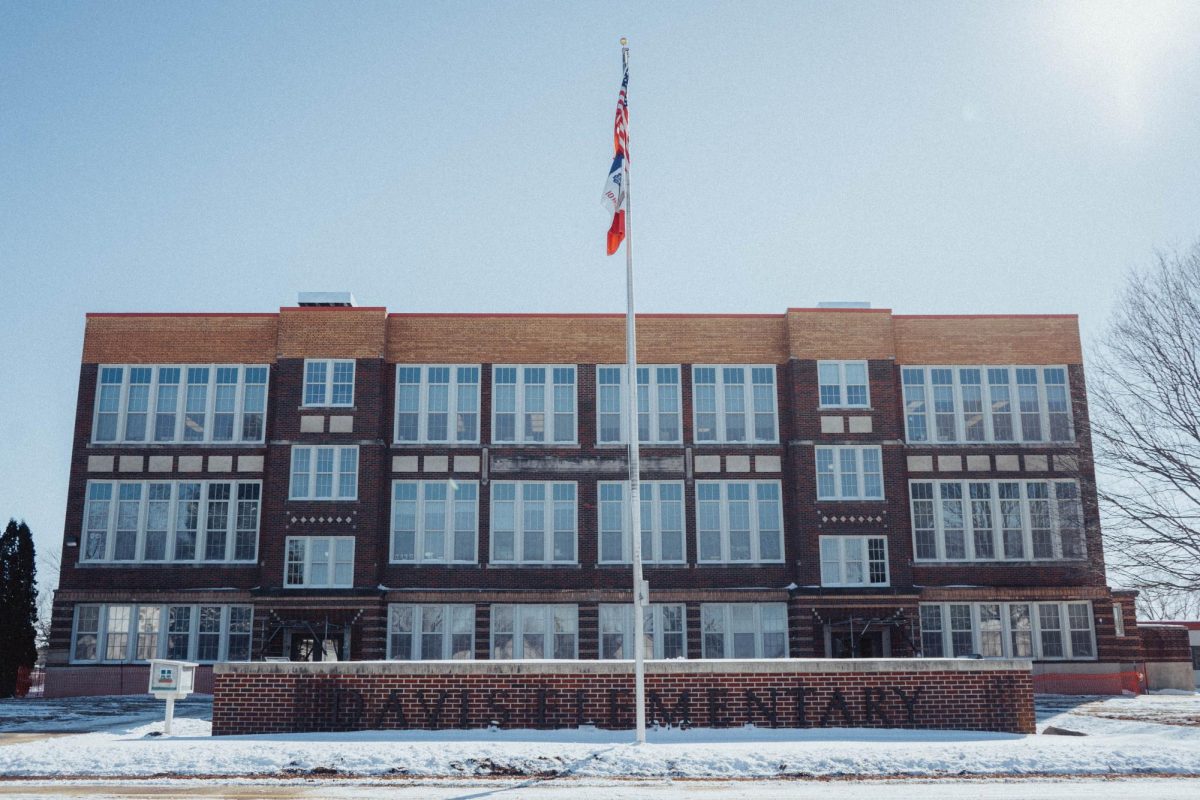


Matthew Gillaspie • Feb 16, 2025 at 9:58 am
The tax levy – any property tax levy – is applied to the TAXABLE valuation of property, not the ASSESSED valuation. The taxable value is much less than the assessed due to rollback and various tax credits property owners may get from being a senior, a military vet, simply the primary residence, etc. So, a $100,000 assessed home – for example – may only be taxed at roughly $45,000. Ag land is similar in that assessed is not the same as taxable. If the $0.67 was applied to the $100,000 it would be $67/year. But, the correct calculation is to apply it to the roughly $45,000 taxable value which would produce a tax increase of only approx $30/year. It’s important that patrons understand this as those that calculate the potential increase the wrong way (which is what people do) will come up with a tax increase that is more than double reality for a residential property, and perhaps up to TEN TIMES reality for ag property when they mistakenly calculate their perceived increase on the market value of the land which is not a part of property tax calculations in any way.